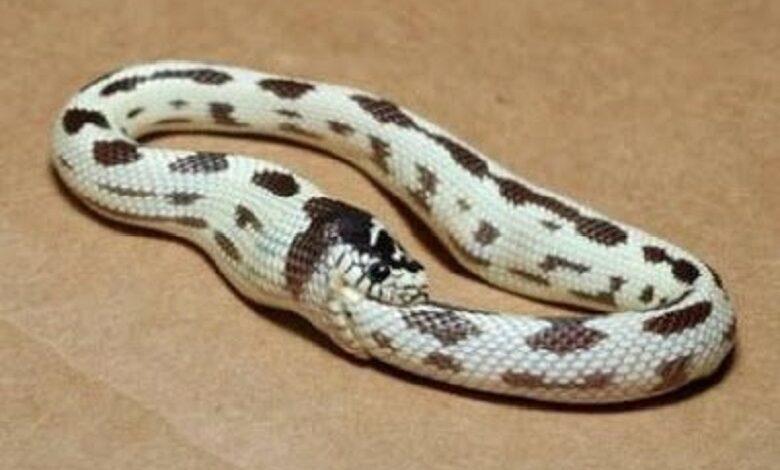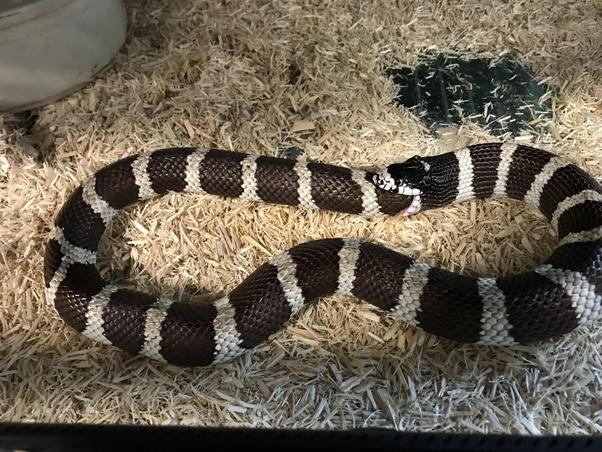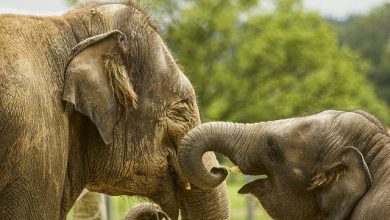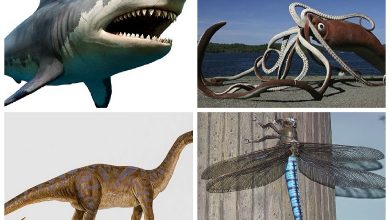Why do snakes bite their tails? What you need to know

The snake devouring its tail is one of the oldest fairy tales known to people. If a snake bites its tail, this usually happens due to confusion and/or severe stress. They cannot actually “eat” themselves, but some snakes (very rarely) confuse their tail with another snake.
According to an ancient Egyptian legend, when Ra, the Sun God, merged with Osiris, the underworld leader, to form a new divine essence, two snakes representing the patron god Mechen slid around a newborn super god, holding their tails in their mouths.
In Scandinavian mythology, the snake is Jormungandr, a huge sea beast and one of the god Loki’s monstrous children; the creature is so giant that it surrounds the whole world with its tail in its mouth. One day, says the prophecy, he will let his tail out of his mouth and rise from the depths of the ocean to Harken Ragnarek – the end and rebirth of the earth.
In Hindu iconography, the serpent is often surrounded by the god Shiva, which represents destruction and transformation. The Greek philosopher Plato described it as the analog of a universe that was ‘self-sufficient’ and ‘much more perfect than the one in which nothing existed’.
A snake eating its tail or tail-eating serpent is Ouroboros. Swiss psychologist Karl Jung considered the icon to be one of the original archetypes of the human psyche, as it has existed in many cultures for so long.
It tends to be a cycle, an eternal return, infinity, completion, self-limitation on a cosmic scale, and something “that spins and rotates like a cycle of the Sun”, according to Professor of Egyptology at the American University in Cairo, Salima Ikram.
Why do Snakes bite their tails?
Several news reports indicate that they do this sometimes. In 2014, the pet shop owner uploaded the footage on YouTube of Albino West Hognose wriggling around his bowl of water, trying to swallow himself.
In 2009 in Sussex, UK, a man took his king snake, Reggie, to a vet after a reptile got into a circle trying to spit on his hind. The snake teeth that looked like ratchets made Reggie’s tail get stuck in his mouth and the vet – who said he had never seen such an occasion – opened his jaw to release the snake.
The new encyclopedia of snakes includes two stories about American rat snakes dying from digestion. One snake, under captive, did it twice and died on the second attempt, writes the author Joseph K. Mitchell. Another snake was wild and was in a close circle, swallowing about two-thirds of her body when she was found, the author explained.

James B. Murphy, a herpetologist, and researcher at the Smithsonian National Museum of Natural History, says this behavior is very rare and usually a sign of the snake in its fatal throws. Towards the end, when snakes get sick, they bite themselves, Murphy says. “I’ve seen rattlesnakes roll up in a ball, and they bite themselves.”
Unlike mammals, snakes are not emotional and have few behavioral reactions to viruses or other diseases, Murphy says, so don’t count on snake biting as a sign that it needs veterinary help. Apart from stopping eating, there are several signs of snake disease. One explanation for why a snake can bite its tail is that it cannot fully stretch out when kept in a small enclosed space and may think that its tail is the tail of another snake.
This explanation may have some weight, because the most Ouroboros-like behavior, which is semi-social, is the tendency of some snakes to eat other snakes. Some of these opportunists include the North American Royal Snake, which is impervious to the poison of most vipers, ribbon snakes, garter snakes, and some other species. Some snakes have also been spotted chewing on their own thrown skin, Murphy says.
Fortunately, Uroboros’ behavior is rare, so even snake keepers who have kept several snakelike pets for decades should not expect to see the real Uroboros. For this reason, it is wise to do extensive research before mixing different species of snakes in the same enclosure.




